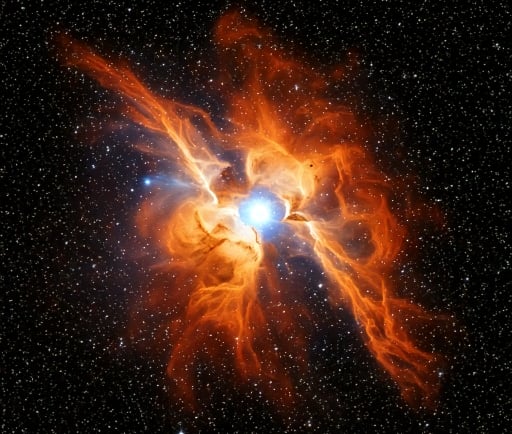The Guardian Angel: The Angel Nebula NGC 2170


Introduction to the Angel Nebula
The Angel Nebula, known scientifically as NGC 2170, is a fascinating reflection nebula situated 2,700 light-years away in the constellation Monoceros. This nebula captivates astronomers and enthusiasts alike, offering a glimpse into the beauty and complexity of celestial formations. As part of the greater structure of our universe, NGC 2170 provides critical insights into the processes of star formation and the interactions of light with interstellar dust.
Characteristics of the Angel Nebula
NGC 2170 is primarily a reflection nebula, meaning that it shines primarily due to the light reflected from nearby stars rather than emitting its own light. This characteristic lends the nebula a stunning visual appeal that can be observed through telescopes even from Earth. The bluish hue of the Angel Nebula is a result of dust particles in the nebula scattering light from surrounding stars. This scattering phenomenon is similar to the way Earth's atmosphere scatters sunlight, producing a blue sky during the day.
The Significance of NGC 2170 in Astronomical Studies
Studying the Angel Nebula offers astronomers various opportunities to better understand cosmic evolution and the lifecycle of stars. The nebula is located in an area rich with other celestial bodies, including young stars that are still in the process of forming. By observing NGC 2170, researchers can gather valuable data on the age, composition, and movements of these stars. Furthermore, its location in the constellation Monoceros, which is often referred to as the Unicorn, adds a layer of mythological intrigue to its scientific significance.
The Angel Nebula thus serves as a vital window into the vastness of space, allowing us to probe deeper into the mysteries surrounding star birth and the dynamic life cycles of celestial objects. As technologies improve and observatories mount more ambitious explorations, NGC 2170 promises to be a cornerstone in the continued study of reflection nebulae and their roles in the cosmos.
